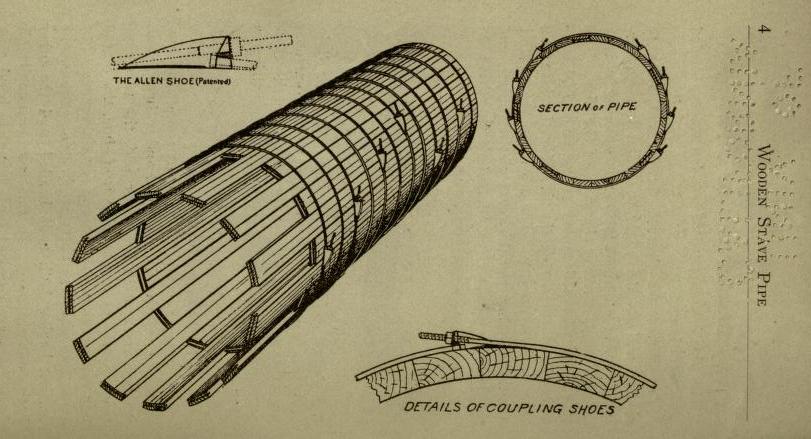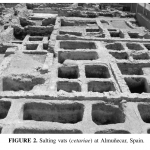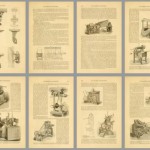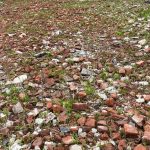“One of the things the soon-to-be-deindustrializing world most needs just now is green wizards. By this I mean individuals who are willing to take on the responsibility to learn, practice, and thoroughly master a set of unpopular but valuable skills – the skills of the old appropriate tech movement – and share them with their neighbors when the day comes that their neighbors are willing to learn”. Green Wizard Forums. (+ criticism & response).
Tricycle with Foldable Fairing
The Hase Klimax has won the Eurobike 2010 award. The Klimax is a recumbent trike with a foldable fairing and electric assist. Beats any electric city car in terms of efficiency.
Guerilla Farming
“We’ve long gardened in two raised beds in the parkway in front our house (the parkway being the space between the sidewalk and the street). This is officially city property, though we are responsible for maintaining it. It gets great morning light, so it’s a valuable growing space. It’s also fun to garden out in public, so we can talk to our neighbors and get all the fresh gossip, and show little kids what food looks when its growing. The drawback to a public garden, of course, is that it is defenseless.” Read. Via Dinosaurs & Robots.
Wooden Stave Pipes
“This book is intended to furnish general information regarding the construction, the advantages and the use of our wooden stave pipe”. “Wooden stave pipes“, Redwood Manufacturers Company, 1911. Via Arquitectura y Madera. Wooden pipes were (and occasionally still are) used for domestic water supply, irrigation, sewer systems and hydraulic power stations. Summary below the fold.
Where no one would believe someone could live
“Der ingen skulle tru at nokon kunne bu” is a documentary about Jenny Endresen, an American woman who started a new, extremely low-tech life in an inhospitable part of Norway. It’s not my idea of a low-tech life (I would dress differently, for one thing) but there are some interesting things to see and to hear. Voiceover and questions are in Norwegian, but the woman answers in English. Hat tip to Cristiano Sandels Navarro.
Ferraris of Ancient Egypt
Even at speeds of about 25 miles per hour on Egypt’s irregular soil,
King Tut’s chariots were efficient and pleasant to ride. Read. Via Atlas Obscura Blog.






